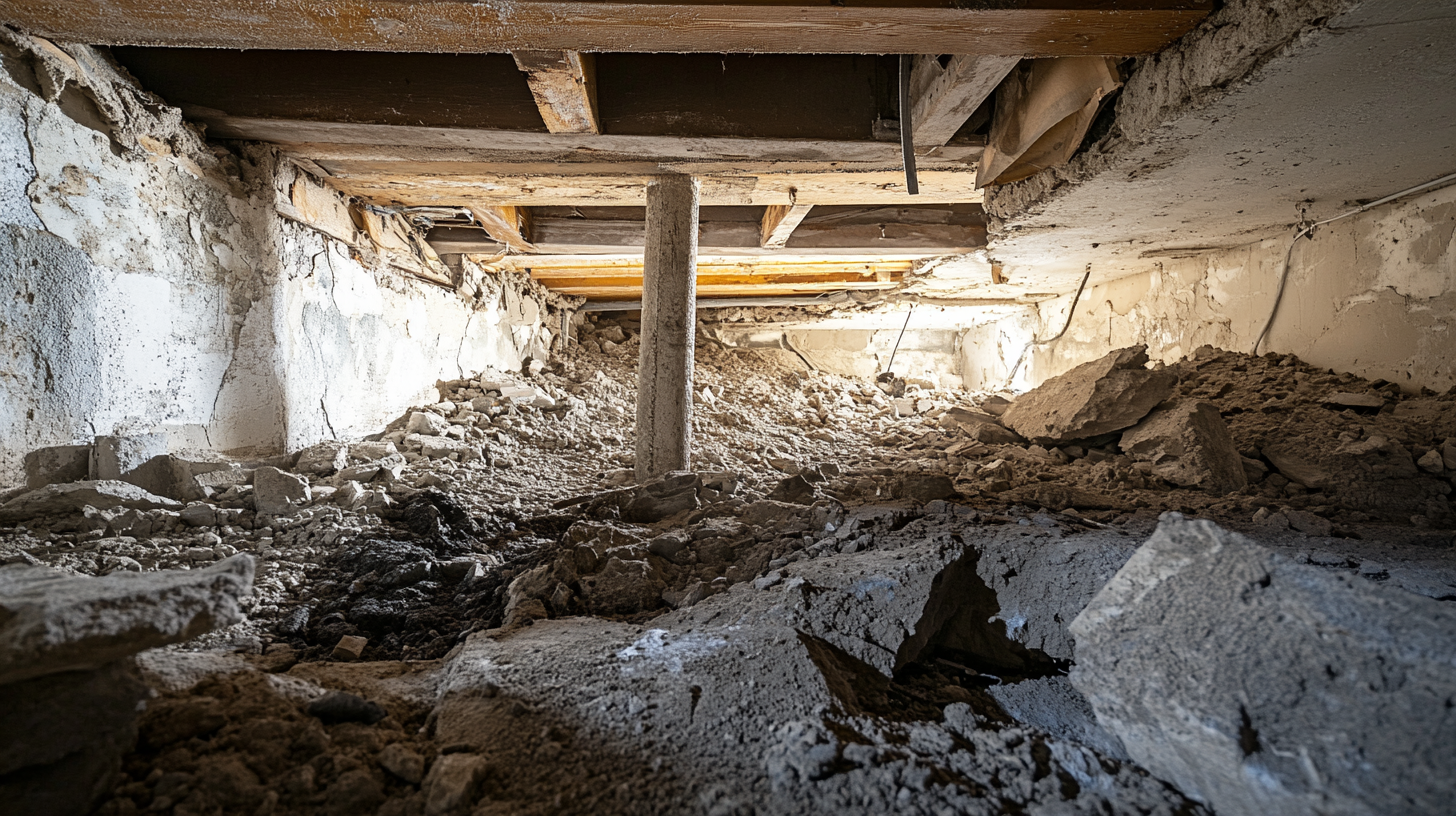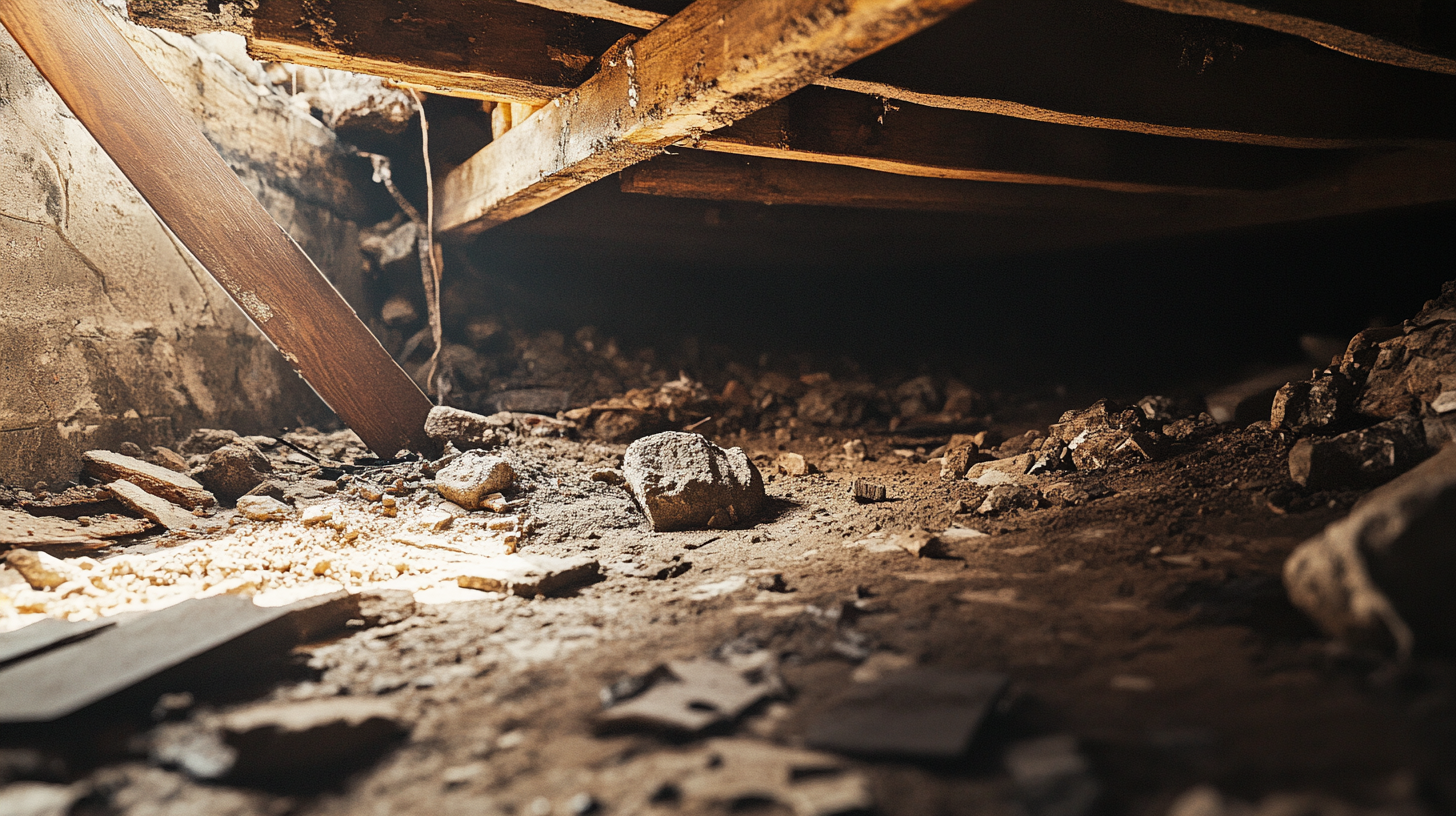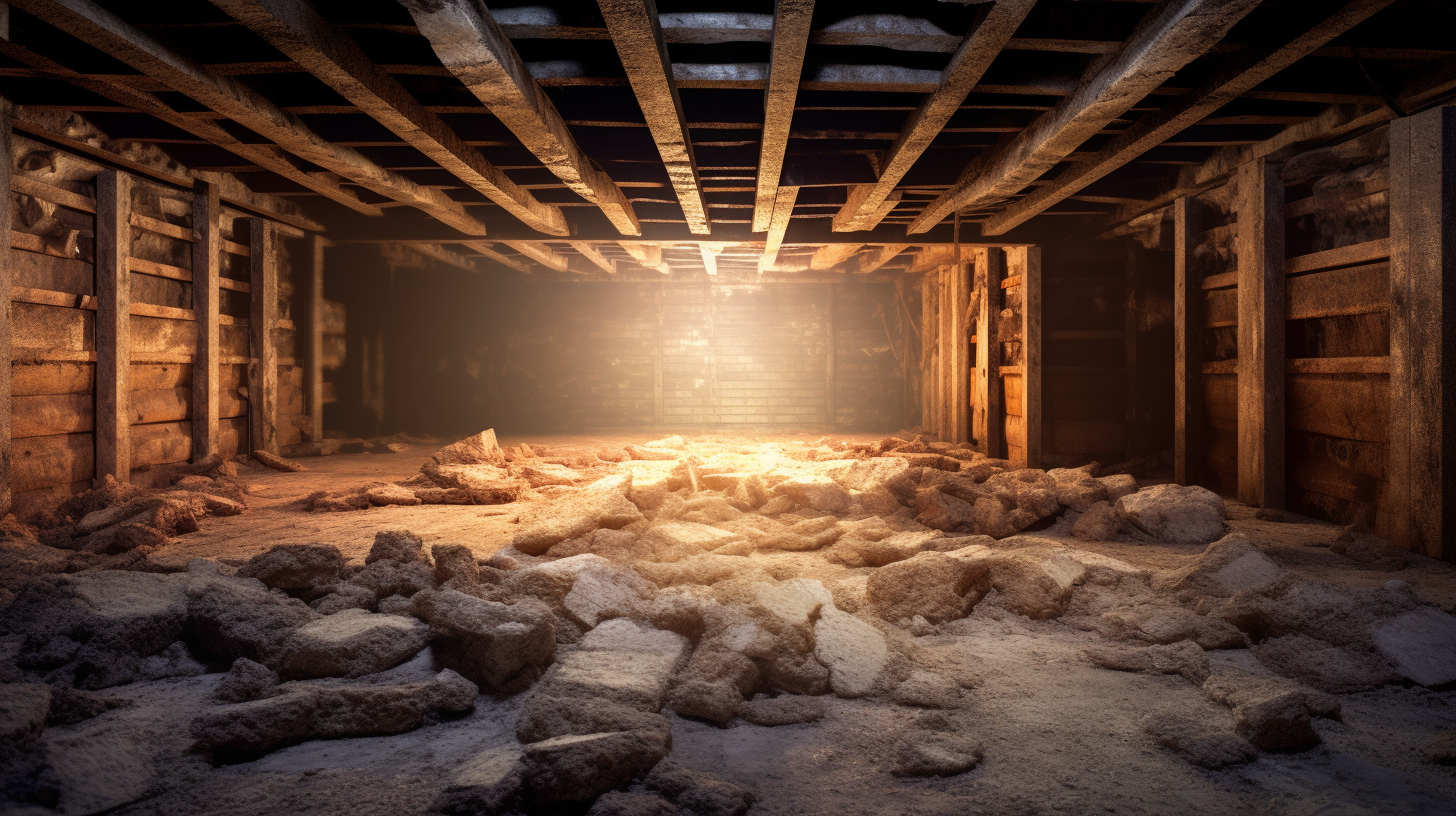Termites are the silent destroyers of homes, and crawl spaces can be particularly vulnerable to their infestations. Preventing termite damage in your crawl space is crucial for preserving the structural integrity of your home and avoiding costly repairs. In this guide, we'll explore effective strategies and preventive measures to keep termites at bay and protect your property.
Maintaining a Termite-Resistant Crawl Space
Maintaining a termite-resistant crawl space is a fundamental step in protecting your home from these destructive pests. To achieve this, regular inspections are essential. Routinely check for signs of termite activity, such as mud tubes, discarded wings, or damaged wood, and address any issues promptly. Additionally, consider professional termite inspections to ensure early detection and treatment if necessary.
Moisture control is another key aspect of termite prevention. Termites are attracted to damp environments, so ensuring that your crawl space is dry and well-ventilated can discourage their infestation. Installing a vapor barrier and a dehumidifier can help maintain an inhospitable environment for termites, ultimately safeguarding your home's structural integrity and your peace of mind.
Effective Ventilation for Termite Prevention
Effective ventilation plays a crucial role in preventing termite infestations in crawl spaces. By promoting proper air circulation, you can keep the environment less attractive to termites, as they tend to thrive in dark, damp, and poorly-ventilated areas. Installing vents in your crawl space can facilitate this process. These vents allow fresh air to flow through the space, reducing moisture buildup and making it less hospitable for termites. However, it's essential to strike a balance in ventilation, as excessive airflow may lead to issues in extremely humid or rainy conditions.
Furthermore, considering the installation of termite shields or barriers around the foundation of your home is another effective measure. These shields are designed to block termite entry points, such as gaps around pipes or utility lines. When properly installed, they can act as a physical deterrent, making it more challenging for termites to access your home and crawl space. By implementing these ventilation and barrier strategies, you can significantly reduce the risk of termite damage and protect your home from these destructive pests.
Regular Inspections: Key to Termite Damage Prevention
Regular inspections are the cornerstone of termite damage prevention in crawl spaces. These silent invaders can cause extensive harm before you even realize they're present. It's essential to conduct thorough inspections to identify any signs of termite activity. Look for mud tubes, which are small tunnels termites construct to travel between their nests and food sources. Discarded wings, especially near windows or doors, are another telltale sign of a termite swarm. Additionally, examine wooden structures for hollowed-out areas or damaged wood, as termites feed on cellulose in wood and can leave behind a trail of destruction.
To ensure effective inspections, establish a routine schedule. Many experts recommend conducting termite inspections at least once a year, but areas with a higher risk of termite activity may require more frequent checks. It's also wise to enlist the help of a professional termite inspector. These experts have the experience and tools to detect early signs of termite activity that might go unnoticed during a casual inspection. Investing in regular inspections can save you from costly repairs and the headache of dealing with termite infestations in your crawl space.
FAQs
Contact Trench Guys Today!
Trench Guys will do everything we can to ensure your experience with us is excellent.
Request A FREE Estimate
Request a Free Estimate Form
Checkout Recent Post




Got a Question? We’re Here to Help.
You can arrange an appointment or make an enquiry by phone or email, orget in touch to us via our contact form.



